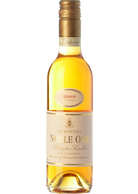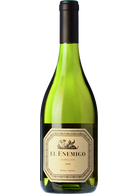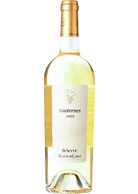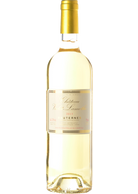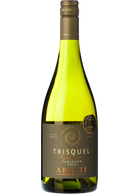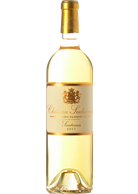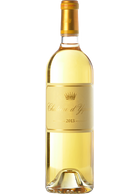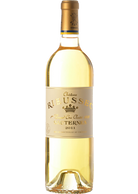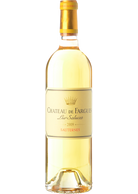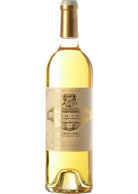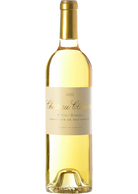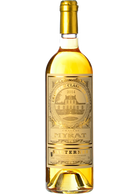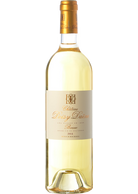Sémillon
Sémillon is one of the grapes in the world best predisposed to receive the beneficial attack of botrytis cinerea, that is, the noble rot that, in specific climatic conditions, concentrates the substances (acids, sugars and minerals) of the grapes exalting their late harvest destined to the production of sweet wines of incredible complexity and richness. Together with sauvignon blanc and muscadelle, sémillon is in fact the main grape variety of Sauternes, famous and noble Bordeaux botrytised wine, and similar wines produced in the surrounding French regions. Outside France, it is cultivated in South Africa, Chile, Australia, New Zealand and Argentina, where it is usually blended with other international grapes, such as sauvignon, to produce fragrant white wines. In Italy it is still not very common. It is used, in Umbria, in some Sauternes style blends, for example in Muffato della Sala, or, dry, blended, vinified for white wines with good aromaticity, such as Conte della Vipera, a profile for which it is also used in Tuscany. It is also in Emilia, among the sweet wines of the Colli Piacentini, and it is being experimented in Puglia.
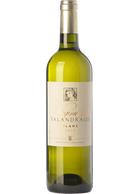
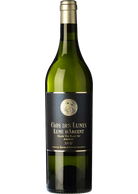

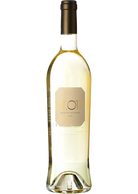
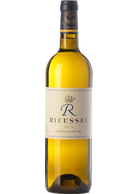
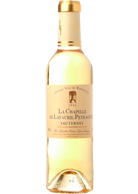
La Chapelle de Lafaurie-Peyraguey 2002 (0.37 L)
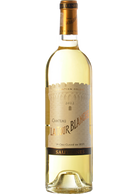
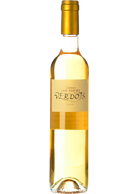
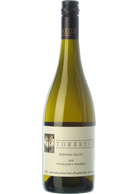
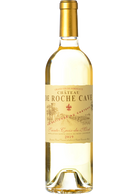
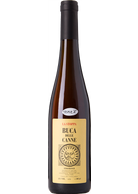
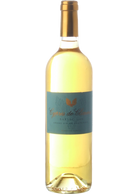
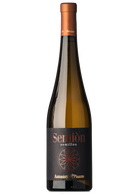

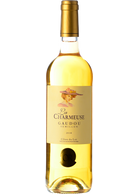
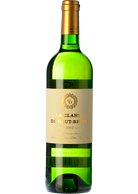
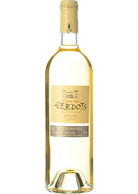
Clos des Verdots Côtes de Bergerac Moelleux 2018
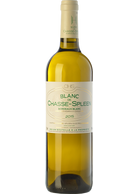
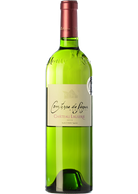
Château Laulerie Comtesse de Ségur Blanc 2014
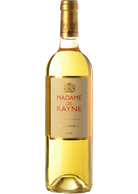
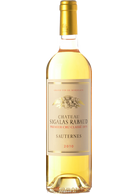

Sémillon
Sémillon is one of the grapes in the world best predisposed to receive the beneficial attack of botrytis cinerea, that is, the noble rot that, in specific climatic conditions, concentrates the substances (acids, sugars and minerals) of the grapes exalting their late harvest destined to the production of sweet wines of incredible complexity and richness. Together with sauvignon blanc and muscadelle, sémillon is in fact the main grape variety of Sauternes, famous and noble Bordeaux botrytised wine, and similar wines produced in the surrounding French regions. Outside France, it is cultivated in South Africa, Chile, Australia, New Zealand and Argentina, where it is usually blended with other international grapes, such as sauvignon, to produce fragrant white wines. In Italy it is still not very common. It is used, in Umbria, in some Sauternes style blends, for example in Muffato della Sala, or, dry, blended, vinified for white wines with good aromaticity, such as Conte della Vipera, a profile for which it is also used in Tuscany. It is also in Emilia, among the sweet wines of the Colli Piacentini, and it is being experimented in Puglia.
